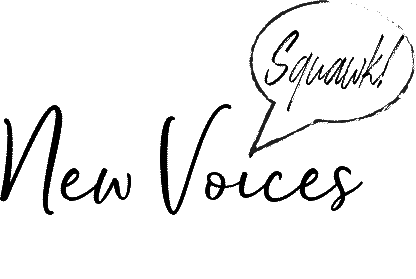A List Of Poetry Tools And Devices For Free-Verse Poetry
Allusion: Indirect reference to something else, often to a literary precedent of some kind. Smart, subtle allusion can enhance the scope and gravity of your topic.
Assonance, consonance, alliteration: These three tools will serve you well, if you know how to use them. By playing with the sounds of your word choices, you can slow readers down, speed them up, or bring them deeper into your meaning. But word choice isn’t just about picking words that sound cool; it’s about bringing readers into a poem through language.
Diction: The language style you employ, based on individual word choices, enhances the meaning of your poem. Diction is the difference between saying “How are you today, sir?” and “How’s it hanging, bro?” The use of informal diction can sometimes give the reader a hint of humor or whimsy in an otherwise formal poem.
Enjambment: When a line of poetry ends in the middle of an incomplete phrase, the reader is naturally pulled toward the next line. Use enjambment as a tool to spur momentum.
Formatting and spacing: Should you single-space your poem? Double-space it? Type it in the shape of a heart? Your words can sprawl all over the page, be tightly contained, or be offset by occasional indentations. The format choices should enhance your poem’s meaning. Learn more about formatting and spacing choices that make editors cringe.
Hyperbole: There’s a time and place for exaggeration; it can be a powerful tool for conveying emotion. Listen to a teenager rant for five minutes and you’ll understand hyperbole: This is the worst day in the whole history of ever!
Imagery: Good imagery is mesmerizing. Bad imagery makes editors want to look away.
Line stop: When you end a line with a punctuation mark, you invite your reader to linger on that thought. Make your line-stop choices carefully to create moments of deep resonance and pause.
Personification: It’s so easy to personify that many poets don’t realize they’re doing it. Be mindful of your personification tools and use them sparingly.
Pronouns: Who is the subject of your poem? You? She? They? Each pronoun choice has its own particular resonance and connotation—in the same way that point-of-view choices distinctly affect readers.
Repetition: Free verse typically does not embrace the poetic repetition of some traditional forms—so a little bit of repetition can make a big impact.
Rhythm: Just because you’re writing free verse doesn’t mean your poem should lack rhythm. Often, free-verse poetry will make use of the cadences of natural speech to create rhythm.
Symbolism: This Poetry 101 tool is important to master: You don’t want your symbols to be too obvious or too obscure.
Understatement: While hyperbole shouts, understatement whispers, asking readers to lean in and listen closely. Know when less is more.
